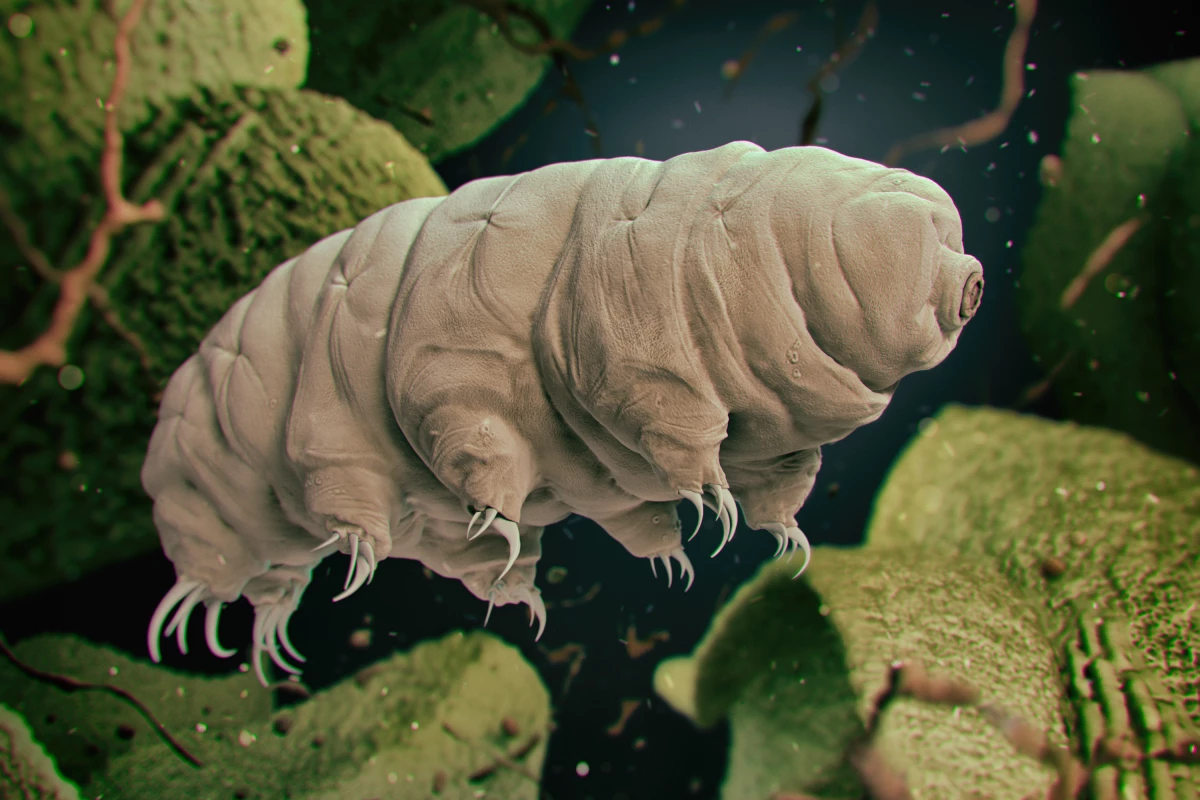Tardigrades are famously tough little critters, and good for them – but what’s in it for us? We might now be closer to hijacking their superpowers for our own benefit, with a new study finding that tardigrade proteins can protect human cells from damage, potentially leading to new anti-aging therapies or tissue storage techniques.
Tardigrades might not look like much, but these half-millimeter-long eight-legged freaks are among the toughest animals on Earth. When threatened, they can go into a state of suspended animation to protect themselves from extreme temperatures – from almost absolute zero right up to 150 °C (302 °F) – as well as intense radiation, pressure, or absence of food, oxygen or water. Once conditions get comfier, they can wake back up and start plodding around like nothing happened – even if decades have passed. In fact, it’s been suggested that it would take the death of the Sun boiling the oceans right off the planet to finally do in these little guys.
The better we understand how tardigrades can pull all this off, the better we’ll be able to adapt it for ourselves. And now, scientists in the US, UK, Italy and the Netherlands have made a major step towards this goal, by introducing tardigrade proteins into human cells and showing that similar protective effects can be gained.
The team grew human kidney cells in the lab which could express proteins called CAHS D. When triggered by a hostile environment, these proteins form gels inside tardigrade cells and slow down their molecular processes, allowing them to survive until conditions improve. Not only did this work to protect the kidney cells from damage due to stress, but the process proved reversible too, with the gels dissolving and allowing the cells to return to their normal metabolism afterwards.
“Amazingly, when we introduce these proteins into human cells, they gel and slow down metabolism, just like in tardigrades,” said Silvia Sanchez-Martinez, lead author of the study. “Furthermore, just like tardigrades, when you put human cells that have these proteins into biostasis, they become more resistant to stresses, conferring some of the tardigrades’ abilities to the human cells.”
With more work, the researchers say this could help create ways to preserve cells, tissues, organs or drugs either without needing refrigeration, or reducing damage from those colder temperatures. Anti-aging techniques could also be on the cards.
The research was published in the journal Protein Science.
Source: University of Wyoming




